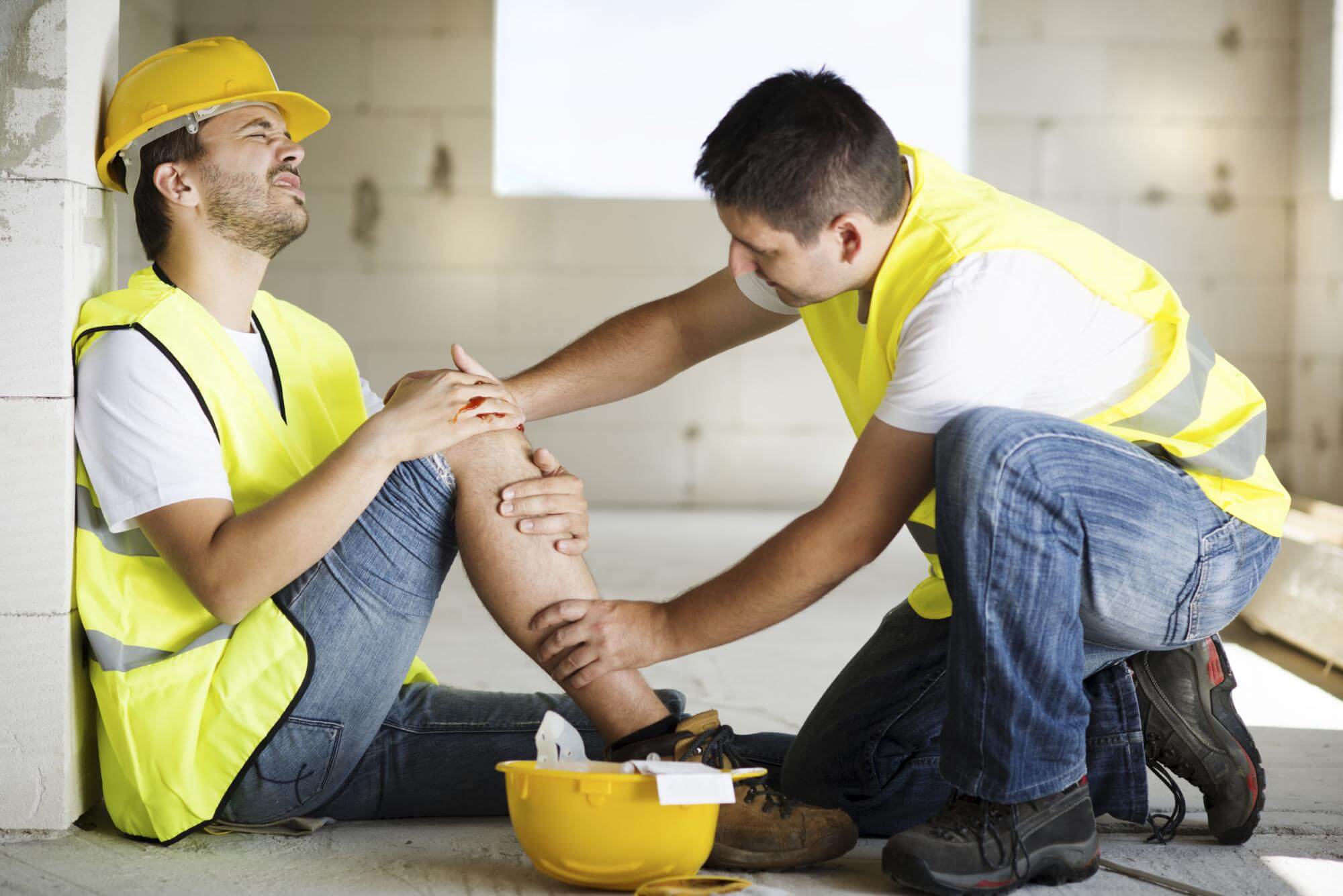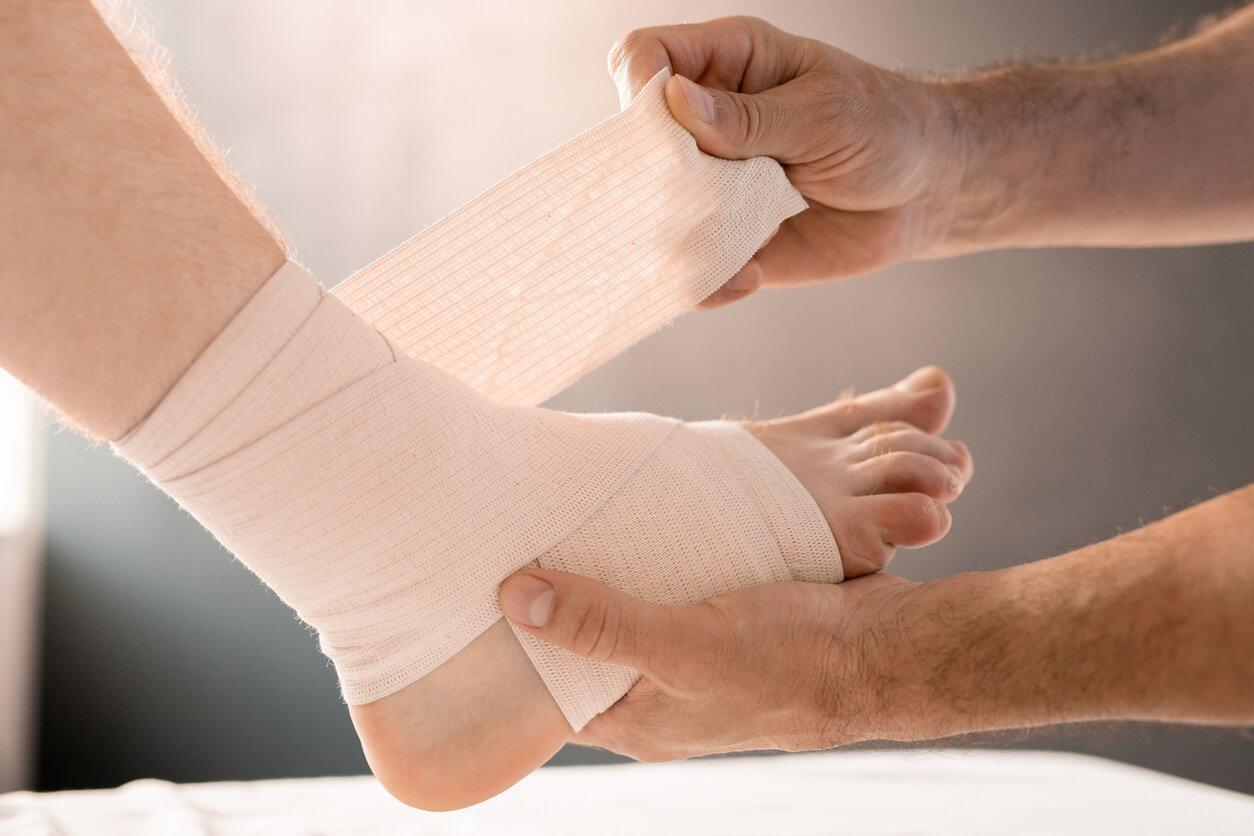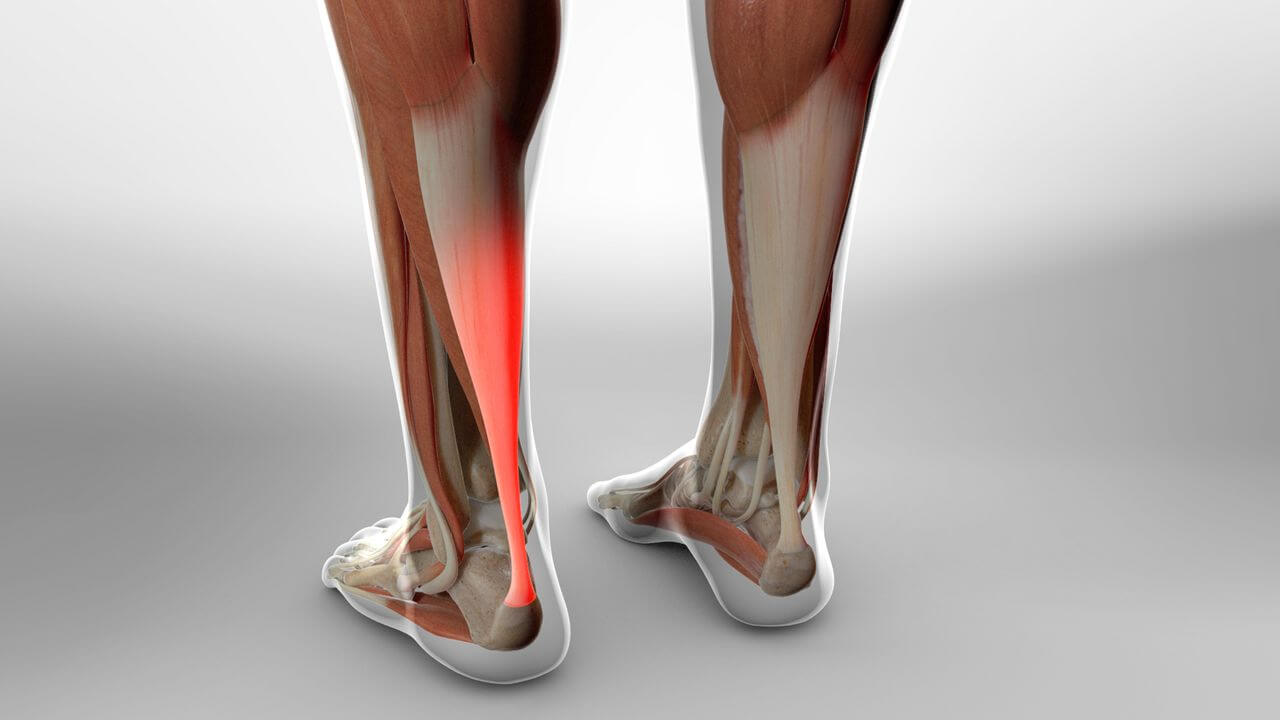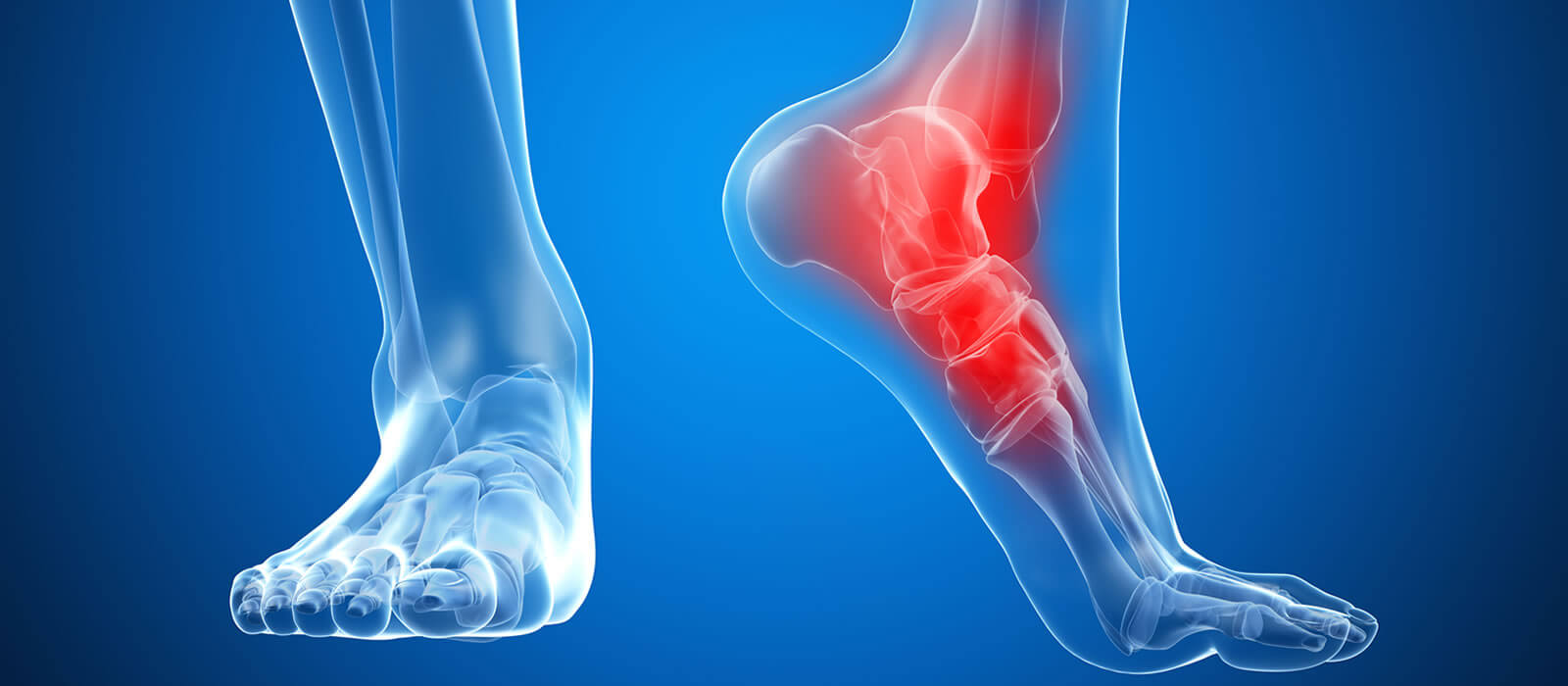Any injury in the workplace can affect our daily lives, but injuries of the foot and ankle may be among the most debilitating. Ankle and foot injuries are more common than you might think, and it’s important to have a basic understanding of common injuries to help you get the representation that you need.
If you’ve experienced an injury of your ankle or foot at your Georgia workplace, or if an existing injury may be related to your work history, it’s essential to make sure that your Georgia employer gives you the benefits that you deserve. The workers’ compensation process can present challenges, and that’s why we recommend contacting our Georgia workers’ compensation lawyers at Gearhart Law Group to make sure that your efforts are successful.
Am I At Risk for a Work-Related Foot or Ankle Injury?
Injuries of the foot and ankle can happen at any time and with any profession. However, jobs that require high amounts of walking, driving, and heavy lifting put you at an increased risk for a foot or ankle injury because of increased stress and likelihood for accidents in the workplace. Some professions more likely to experience foot and ankle injuries are construction workers, delivery drivers, and warehouse workers, to name a few.
Gearhart Law Group proudly represents these Georgia workplace foot and ankle injuries:
- Arthritis
- Ankle Sprain
- Calf Tendon Rupture
- Foot or Ankle Fracture
- Plantar Fasciitis
If you’ve suffered a foot or ankle injury at your Georgia workplace, contact the Georgia workers’ compensation lawyers at Gearhart Law Group. We can help you link your injury to your workplace, provide you with the representation you need, and help get you the best care for your injury.
What Foot and Ankle Injuries Can Happen At My Georgia Workplace?
The ankle is made up of three bones: the tibia, fibula, and talus. The main purpose of the ankle is to support the weight of the body and allow enough movement for walking. The foot is made up of many bones including several tarsals, metatarsals, and phalanges (toes). The purpose of the foot is to stabilize the body and push off the ground for walking or running.

Because many professions require constant walking and changing positions, foot and ankle injuries can be especially common. Injuries of the foot and ankle can develop slowly over time due to repetitive use, or occur suddenly during a slip, fall or crash at your Georgia workplace.
No matter the specifics of your foot or ankle injury, it’s pertinent to seek out a medical diagnosis from your doctor to start the healing process and have your injury claim substantiated. Problems that are addressed earlier tend to have better long-term outcomes, and faster recognition of a workplace-related injury can improve the performance of your compensation claim.
Common Injuries of the Foot and Ankle
Arthritis
The word arthritis refers to inflammation and pain within joints of the body. There are two main forms of arthritis: osteoarthritis (OA) and rheumatoid arthritis (RA), and while both can become serious problems, osteoarthritis (OA) is more likely to be caused by your workplace.

Most people will develop small amounts of OA throughout their lifetime, particularly in our later years. However, repetitive stress on joints due to repetitive movements can speed up the process and lead to development of OA at a younger age.
Symptoms of OA in the foot or ankle include pain and stiffness with motion, usually worse in the morning, and may include swelling around the ankle or foot joints. Because OA is caused by changes to the bones of the foot and ankle, it is usually diagnosed using an X-ray.
Ankle Sprain
Your ankle is supported by several ligaments (bands connecting bone to bone) which increase stability and durability of the ankle joint. During a slip, fall, or otherwise “rolling” of the ankle, these ligaments can become sprained or ruptured.

Ankle sprains can occur at any ligament of the ankle, most commonly affecting the anterior talofibular ligament (ATFL) and deltoid ligament. When the connection between the tibia and fibula (called the tibiofibular syndesmosis) is injured, we refer to it as a high ankle sprain.
Symptoms of an ankle sprain include pain with movement and increased laxity or play around the injured ligament, and usually involve some amount of swelling. Ligament sprains and ruptures are usually diagnosed using advanced imaging such as MRI.
Calf Tendon Rupture
The calf is made up of multiple muscles including the gastrocnemius and soleus, which connect to the calcaneus (heel bone) via the calcaneal or “Achilles” tendon. The calcaneal tendon is a very powerful, durable structure that can withstand over one thousand pounds of force.

Ruptures to the calcaneal tendon usually happen when the tendon is overloaded during events like pushing against an extremely heavy object. Ruptures may also occur traumatically due to trauma or laceration of the leg during a crash or fall.
It’s important to recognize that tendon ruptures, similar to many other injuries, may approach a “tipping point” slowly over time due to repetitive stress, and then be triggered by a single event – even if the event is not particularly dangerous or traumatic.
Calcaneal tendon ruptures can be very painful, and in the case of a full rupture must be addressed immediately to prevent retraction of the tendon into the leg. In most cases, this injury is diagnosed using MRI.
Foot or Ankle Fracture
Fractures of the ankle and foot may occur at the ends of the leg bones (tibia and fibula), at the heel (talus and calcaneus), or at any of the small bones in the foot (tarsals, metatarsals, phalanges). Some common foot and ankle fractures in the workplace are stress fractures, malleolar fractures, and metatarsal fractures.

Stress fractures are small cracks in the bone that develop due to stress and can occur at any bone. These may develop during an accident, or slowly with repetitive and excessive stress to the bone.
Malleolar fractures happen at the ends of the fibula or tibia where they meet the ankle joint. These typically develop during a serious rolling of the ankle, either due to direct bone trauma or due to extreme pulling on the bone from a tendon or ligament.
Metatarsal fractures commonly occur at the fifth (smallest) metatarsal, but may occur at any of the metatarsals in the foot. These typically occur due to dropping a heavy object on the foot or kicking into a hard surface.
Symptoms of fractures generally include moderate-to-severe pain, swelling around the injury site, and limited movement of the affected area.
All fractures are considered serious and must be accurately diagnosed using medical imaging such as an X-ray. If you think you have a fracture of your wrist or hand, contact your doctor immediately.
